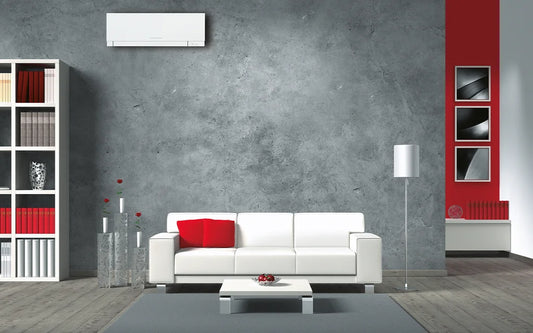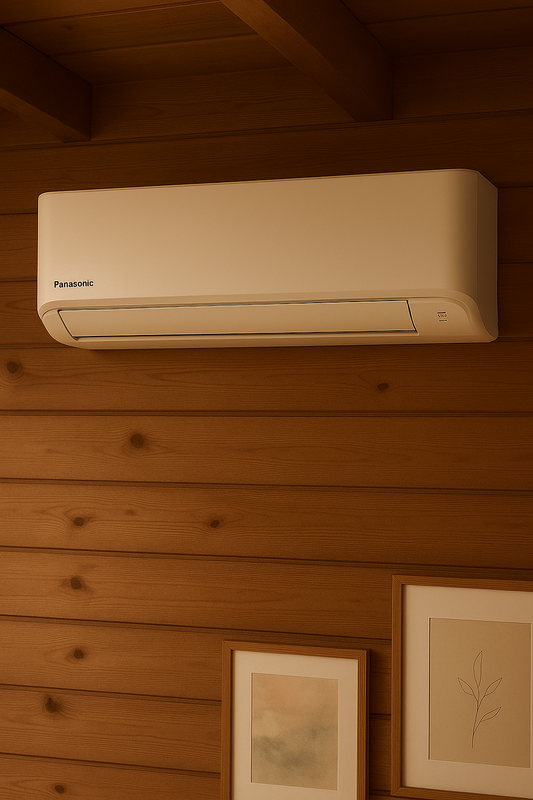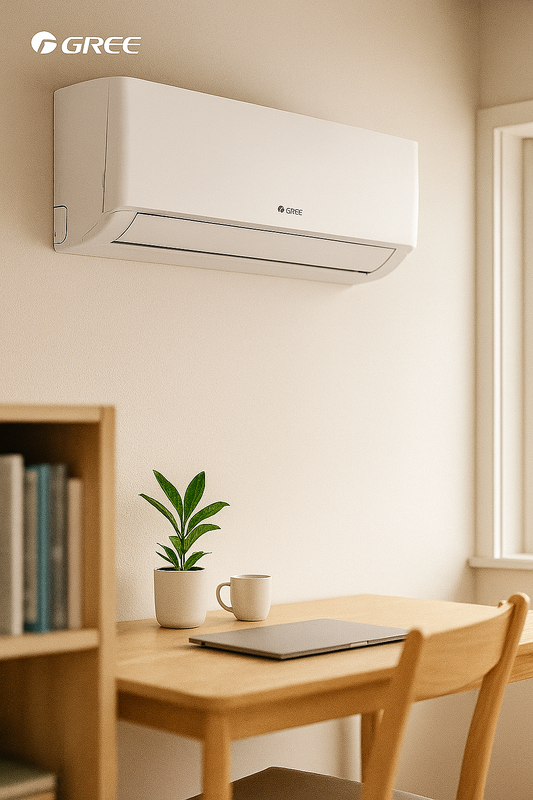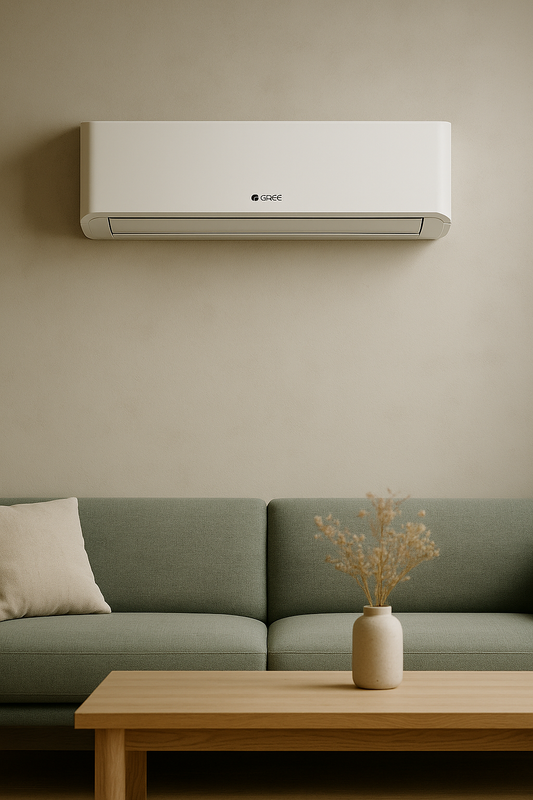Installera Luft Vattenpump: En Djupgående Guide
Inledning
Att installera en luft vattenpump är ett viktigt steg för att effektivt utnyttja förnybar energi och minska beroendet av traditionella värmesystem. I denna artikel kommer vi att utforska processen för att installera en luft vattenpump, dess fördelar och användningsområden samt relaterade tekniker och vanliga frågor.
Definition och Bakgrund
En luft vattenpump är en typ av värmepump som använder utomhusluften som energikälla för att värma upp vatten som sedan cirkulerar genom ett värmesystem i en byggnad. Denna teknik utnyttjar den omgivande luftens värmeenergi och omvandlar den till användbar värme för uppvärmning av bostäder eller kommersiella fastigheter.
Fördelar och Användningsområden
En av de främsta fördelarna med att installera en luft vattenpump är dess höga energieffektivitet. Genom att utnyttja den omgivande luften som energikälla kan luft vattenpumpar generera betydande energibesparingar jämfört med konventionella värmesystem. Dessutom bidrar de till att minska koldioxidutsläppen och är en miljövänligare alternativ. Luft vattenpumpar kan användas för uppvärmning av bostäder, kommersiella fastigheter, pooler och andra applikationer där uppvärmning av vatten är nödvändig.
Relaterade Tekniker, Begrepp eller Variationer
Utöver luft vattenpumpar finns det även andra typer av värmepumpar, såsom markvattenpumpar och sjövattenpumpar, som utnyttjar markens eller sjöns temperatur för att värma upp vatten. Dessutom kan värmepumpar vara antingen luft-vattensystem, luft-luftsystem eller vatten-vattensystem beroende på den specifika applikationen och tillgängligheten av energikällor.
Vanliga Frågor (FAQ)
-
Hur lång tid tar det att installera en luft vattenpump?
Tiden för installationen kan variera beroende på storleken på systemet och den specifika installationen. Generellt sett kan en professionell installatör slutföra installationen inom några dagar. -
Vilken typ av underhåll kräver en luft vattenpump?
Luft vattenpumpar kräver regelbunden rengöring och underhåll av utomhusenheten samt kontroll av vätskenivåer och systemets prestanda. Det rekommenderas att anlita en certifierad tekniker för underhållsåtgärder. -
Vad är den förväntade livslängden för en luft vattenpump?
Genomsnittlig livslängd för en luft vattenpump ligger vanligtvis mellan 15-20 år, men detta kan variera beroende på kvaliteten på enheten och dess användning.
Sammanfattning
Att installera en luft vattenpump är en effektiv metod för att dra nytta av förnybar energi och minska miljöpåverkan. Med dess höga energieffektivitet och mångsidiga användningsområden är luft vattenpumpar ett attraktivt alternativ för uppvärmning av bostäder och kommersiella fastigheter. Genom att förstå installationsprocessen och dess fördelar kan fastighetsägare ta ett steg mot att skapa mer hållbara uppvärmningssystem.
Installation Process
The installation process for an air source heat pump involves several key steps. First, the outdoor unit, which captures heat from the surrounding air, needs to be installed in a location that allows for optimal air flow and minimal obstructions. Next, the indoor unit, which is responsible for distributing the heated water throughout the building, is installed. This typically involves connecting the heat pump to the existing heating system, such as radiators or underfloor heating. Lastly, the system is tested to ensure proper functionality and efficiency.
Energy Efficiency Considerations
When considering the installation of an air source heat pump, it's important to assess the energy efficiency of the building. Proper insulation, air tightness, and the overall heating demand of the property can impact the performance of the heat pump. By addressing these factors, property owners can maximize the benefits of the heat pump and achieve greater energy savings.
Financial Incentives and Rebates
Many regions offer financial incentives, rebates, or tax credits for the installation of renewable energy technologies, including air source heat pumps. These incentives can help offset the initial investment and make the installation more cost-effective. It's advisable to research available incentives and consult with local authorities or energy providers to take advantage of these opportunities.
Real-Life Applications
To illustrate the versatility of air source heat pumps, consider the example of a residential property. By installing an air source heat pump, homeowners can enjoy efficient heating and potentially lower energy bills. Additionally, in commercial settings, such as office buildings or retail spaces, air source heat pumps can provide a sustainable heating solution while reducing the environmental impact of the property.
Integration with Smart Heating Controls
Integrating an air source heat pump with smart heating controls can further enhance its efficiency and convenience. By utilizing programmable thermostats, weather compensation controls, and remote access features, property owners can optimize the performance of the heat pump and tailor the heating system to their specific requirements.
Environmental Impact
One of the notable aspects of installing an air source heat pump is its positive environmental impact. By utilizing renewable energy from the surrounding air, these systems contribute to reducing reliance on non-renewable resources and help decrease the carbon footprint of buildings. This environmental benefit aligns with sustainability goals and supports efforts to mitigate climate change.
Noise Levels and Mitigation
During the installation of an air source heat pump, consideration should be given to the potential noise generated by the outdoor unit. To address this, sound mitigation measures, such as strategic placement or the use of sound-dampening enclosures, can be implemented to minimize the impact of operational noise on occupants and neighboring properties.
Seasonal Performance Variation
It's important to acknowledge that the performance of air source heat pumps can vary based on seasonal changes in outdoor temperatures. During colder periods, the efficiency of the heat pump may decrease, necessitating supplemental heating methods. Understanding the seasonal performance variation aids in managing expectations and optimizing the overall heating system.
Case Study: Industrial Heating Solution
An industrial facility sought to enhance its heating infrastructure while reducing energy costs. By deploying multiple air source heat pumps in conjunction with energy management strategies, the facility achieved substantial energy savings and improved heating control. This case study highlights the adaptability of air source heat pumps in industrial settings and their potential for substantial operational cost reductions.
Regulatory Compliance and Standards
When undertaking the installation of an air source heat pump, it's imperative to adhere to relevant regulations and standards governing renewable energy systems. Compliance with building codes, environmental regulations, and industry standards ensures the safety, performance, and legality of the installation, providing assurance to property owners and occupants.
Remote Monitoring and Diagnostic Capabilities
Modern air source heat pump systems often incorporate remote monitoring and diagnostic features. These capabilities enable proactive system monitoring, fault identification, and performance optimization. Property owners and maintenance personnel can remotely access system data, detect issues, and implement timely maintenance, bolstering the reliability and longevity of the heat pump.
Installation Challenges and Considerations
While the installation process of an air source heat pump offers numerous benefits, it also presents unique challenges. Factors such as site accessibility, electrical requirements, and system integration complexities should be carefully evaluated during the planning phase. Addressing these considerations proactively can streamline the installation process and mitigate potential obstacles.
Optimizing Heat Pump Placement
The placement of the outdoor unit plays a pivotal role in maximizing the heat pump's performance. Strategic positioning, taking into account factors such as sunlight exposure and proximity to neighboring structures, can enhance the heat pump's efficiency and longevity. Additionally, adequate clearance for maintenance and airflow is essential for optimal operation.
Supplemental Heating Solutions
In regions experiencing extreme cold or fluctuating temperatures, incorporating supplemental heating solutions alongside the air source heat pump may be necessary to ensure consistent indoor comfort. This can involve the use of electric heating elements or hybrid heating systems to complement the heat pump's capabilities during challenging weather conditions.
Monitoring and Performance Optimization
Post-installation, continuous monitoring of the heat pump's performance is crucial for identifying potential inefficiencies or malfunctions. Implementing a comprehensive performance optimization strategy, which includes regular system inspections and adjustments, contributes to sustained energy savings and operational reliability.
Life Cycle Cost Analysis
Conducting a thorough life cycle cost analysis provides valuable insights into the long-term economic viability of an air source heat pump installation. Considering factors such as initial investment, operational costs, maintenance expenses, and potential energy savings equips property owners with informed decision-making capabilities.
Localized Case Studies and Testimonials
Exploring case studies and testimonials specific to the local climate and building types can offer practical insights into the real-world performance of air source heat pumps. By examining similar installations and their outcomes, property owners can gain a clearer understanding of the expected benefits and challenges relevant to their context.



